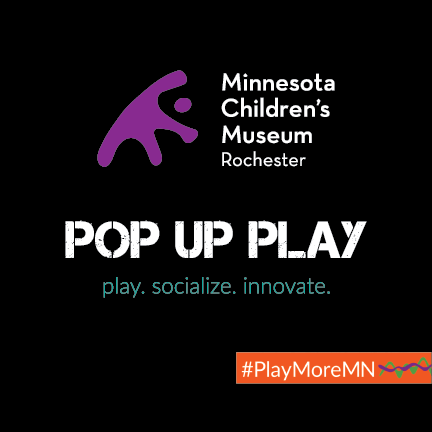Fact sheet: Rochester's child care shortage
Join us tonight (Wednesday) at Kutzky Market/Forager Brewery as we discuss issues related to the child care shortage in our area. This is the first installment of our 2016-17 season of "What's on Tap? Local Issues. Local Brew." The conversation begins at 5:30 p.m. (you can come and go as you please) and is moderated by Kutzky Market resident blogger Dave Beal.
Here are a few things to know before you show up to the event:
In conversations with parents and child care professionals, one of the biggest concerns consistently brought up is the difficulty in getting children into an accredited facility. Because of an unequal balance in supply and demand, parents throughout the area are being forced to join wait lists before having a child. In many cases, families need to begin thinking about choosing a child care provider before a mother even becomes pregnant.
In our area, the problem is fueled by a growing population coupled with a statewide decrease of in-home family child care providers. According to the Minnesota Department of Human Services, the number of child care providers in the state dropped to 11,384 in 2015 from 14,481 in 2005 as family-based centers closed and too few new businesses opened to offset the decline.
Another key issue in our area, according to Families First, a child care resource and referral network, is that too few providers accept infants (due to regulations requiring X staff per Y infants). In Rochester, 288 family-based and 23 center-based providers accept infants. Many more, however, do not.
The shortage of providers could pose economic challenges in a community that expects rapid growth in coming years. The U.S. Census Bureau estimates that in 2014, 74 percent of Minnesota households with children under age 6 had all parents in the workforce, the third highest percentage in the country.
When families are able to find a child care provider, the costs can often be prohibitive. Minnesota has some of the least-affordable child care options in the nation, according to a 2014 study by nonprofit advocate Child Care Aware.
The analysis found the average family spent $14,366 annually to send an infant to a center-based facility ($7,345 for a family-based provider).
We could go on and out about this issue. Instead, here is a link to a substantive piece by RuralMN that details the problem in-depth and offers solutions to address the shortage of affordable child care options. Additionally, here's another link with info on Minnesota's Child Care Assistance Program.
While the statistics mentioned above are informative, we look forward to hearing real-life stories from parents and professionals at tonight's discussion. We will also make an effort to provide more coverage on this topic in the future.
Featured content:
(Cover photo: File / CC)













